The second exhibition in our Basel gallery is titled ‘Körperlich,’ meaning ‘bodily’ in English. A group show of women artists, the exhibition explores the body’s role in the construction and expression of identity through works by Louise Bourgeois, Maria Lassnig, Meret Oppenheim, Alina Szapocznikow, Irène Zurkinden, Lee Lozano, Hannah Villiger and Carol Rama.
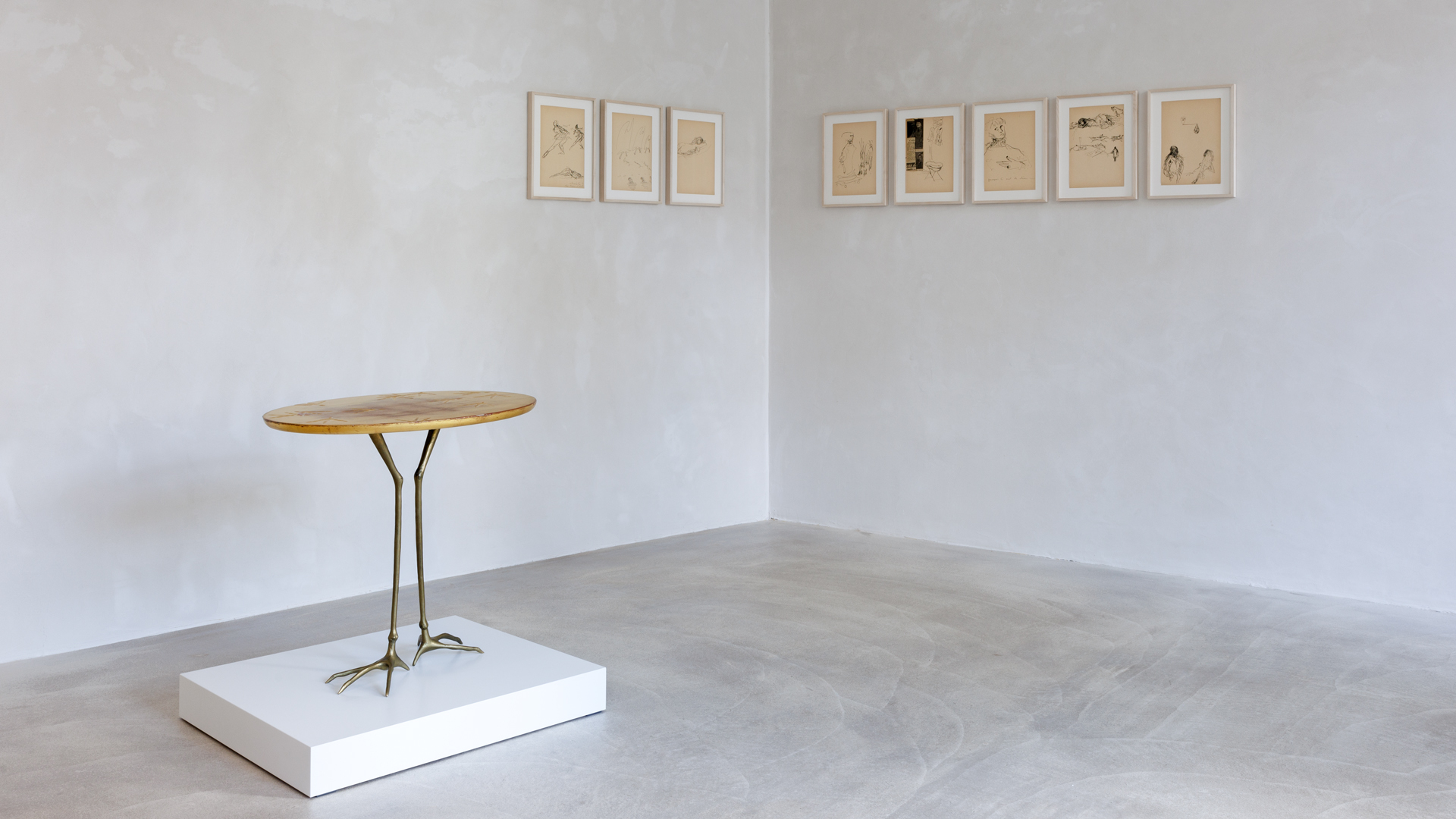
Explore the Exhibition
Although in this exhibition the emphasis is on the physiognomy of the body and its organs, the feelings portrayed within the works on view are those that emanate from deep inside: love, desire, fear, anger, hysteria—visceral emotions which reveal themselves through bodily expression. The works on display range from portraiture, depicting images of the nude body and representations of corporeal parts, to semi-abstract images that suggest bodily forms.
‘Purity and danger are intertwined, as danger arises when boundaries are violated.’—Mary Douglas
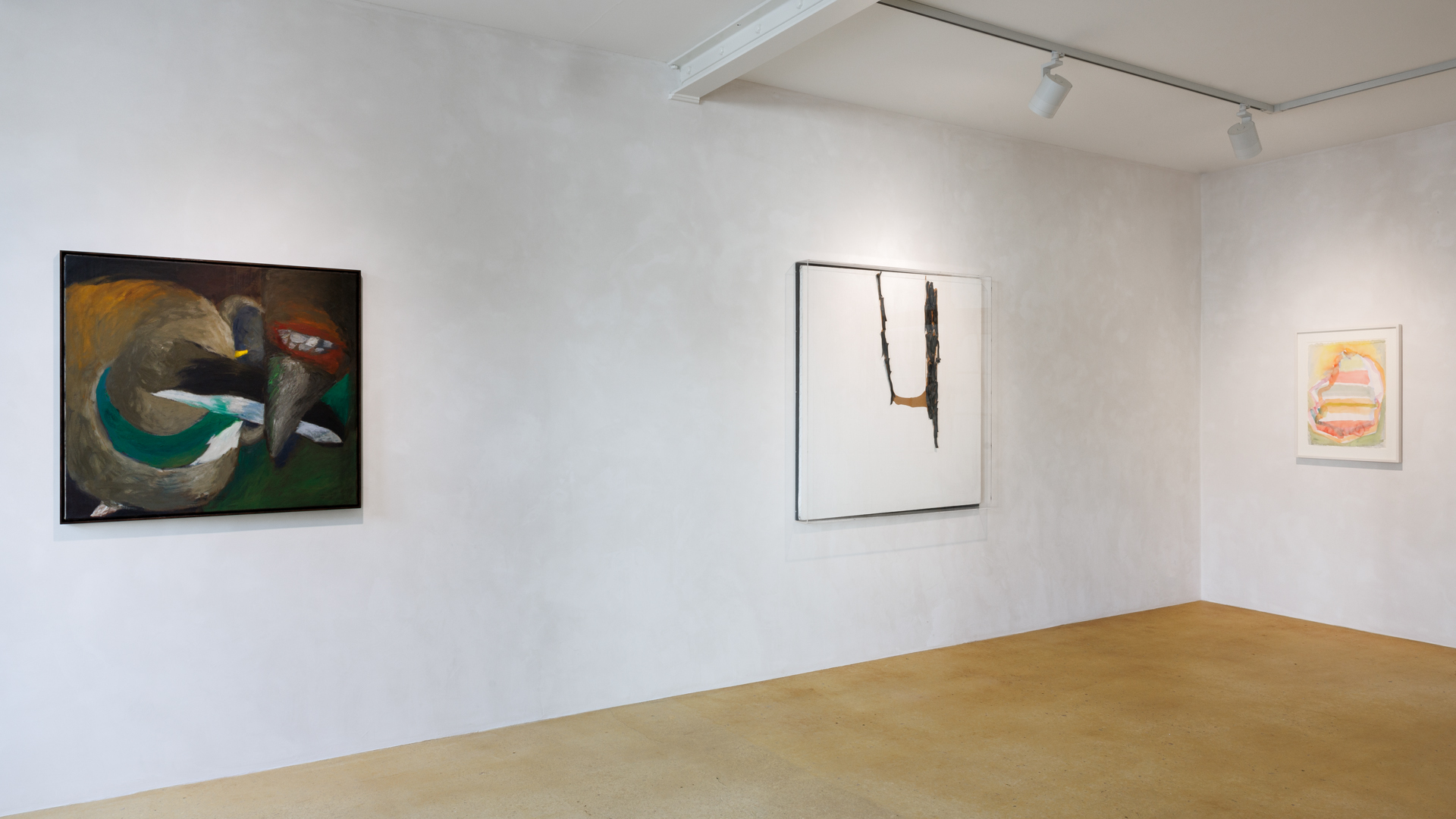
Through their work, these artists pose questions about bodily integrity, about control of the body, asking ultimately who has power and autonomy over our bodies, especially those that are gendered as female.
In some of the works, figures are blurred and fragmented, evoking difficult histories, personal and political conflict or violence. Whereas in Carol Rama’s ‘La guerra è astratta’ (1970) or Alina Szapocznikow’s sculpture of a disembodied mouth indicate the disowned physical self in the face of oppression, Hannah Villiger’s photographic work ‘Skulptural (Sculptural)’ (1986), a simple polaroid of an ear, might reference the last sense to be lost in the dying body, the ultimate fading of our conscious bodily existence.
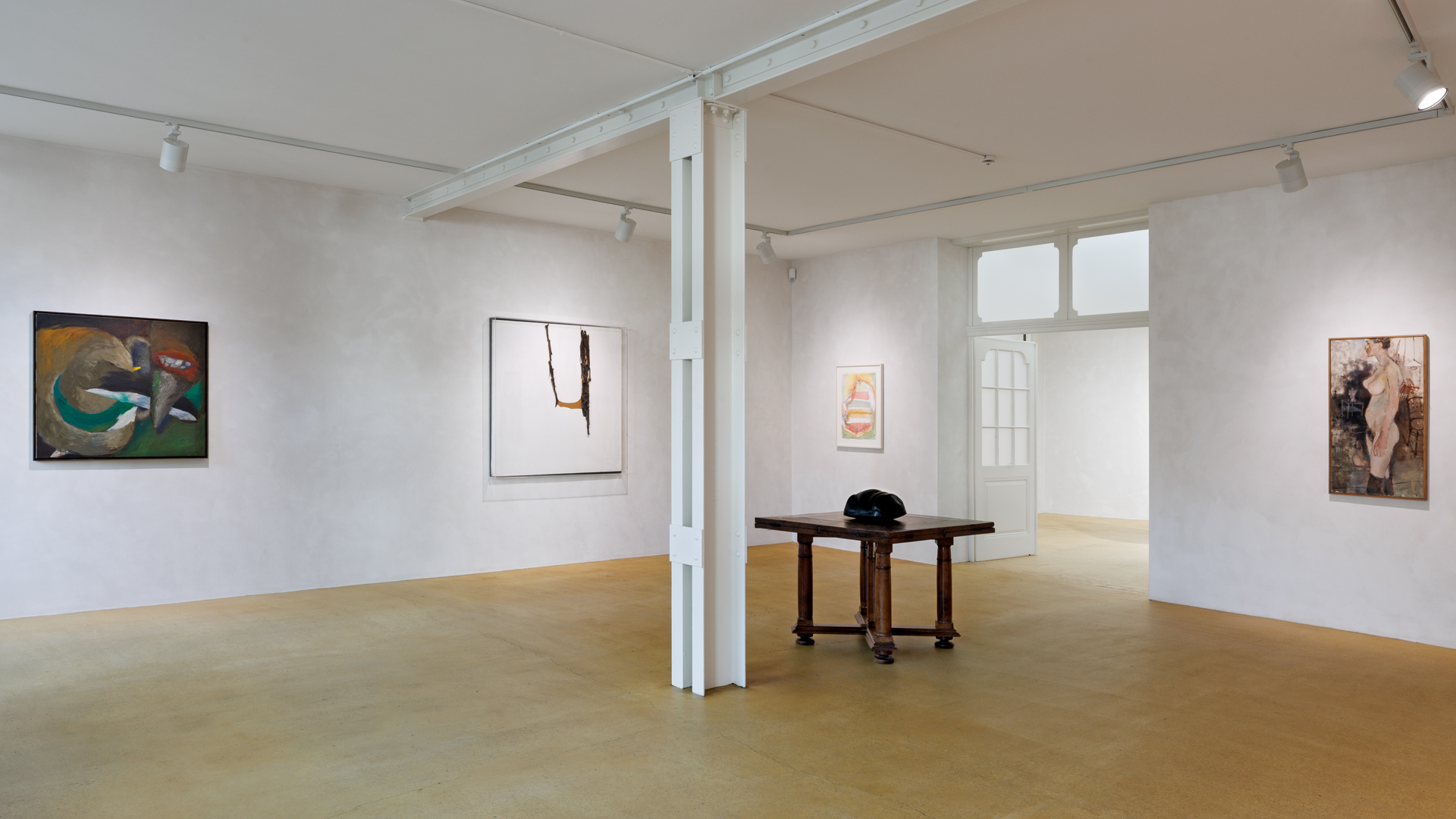
While the work of the artists on view sometimes seek to celebrate the body and play on notions of beauty and gender according to the traditional portrayal of the body in art, they nevertheless problematise these depictions and explore layers of complexity to this tradition such as in the painting ‘Nue’ (1934) by Irène Zurkinden, who also explores a variety of bodily movements in her expressive drawings.
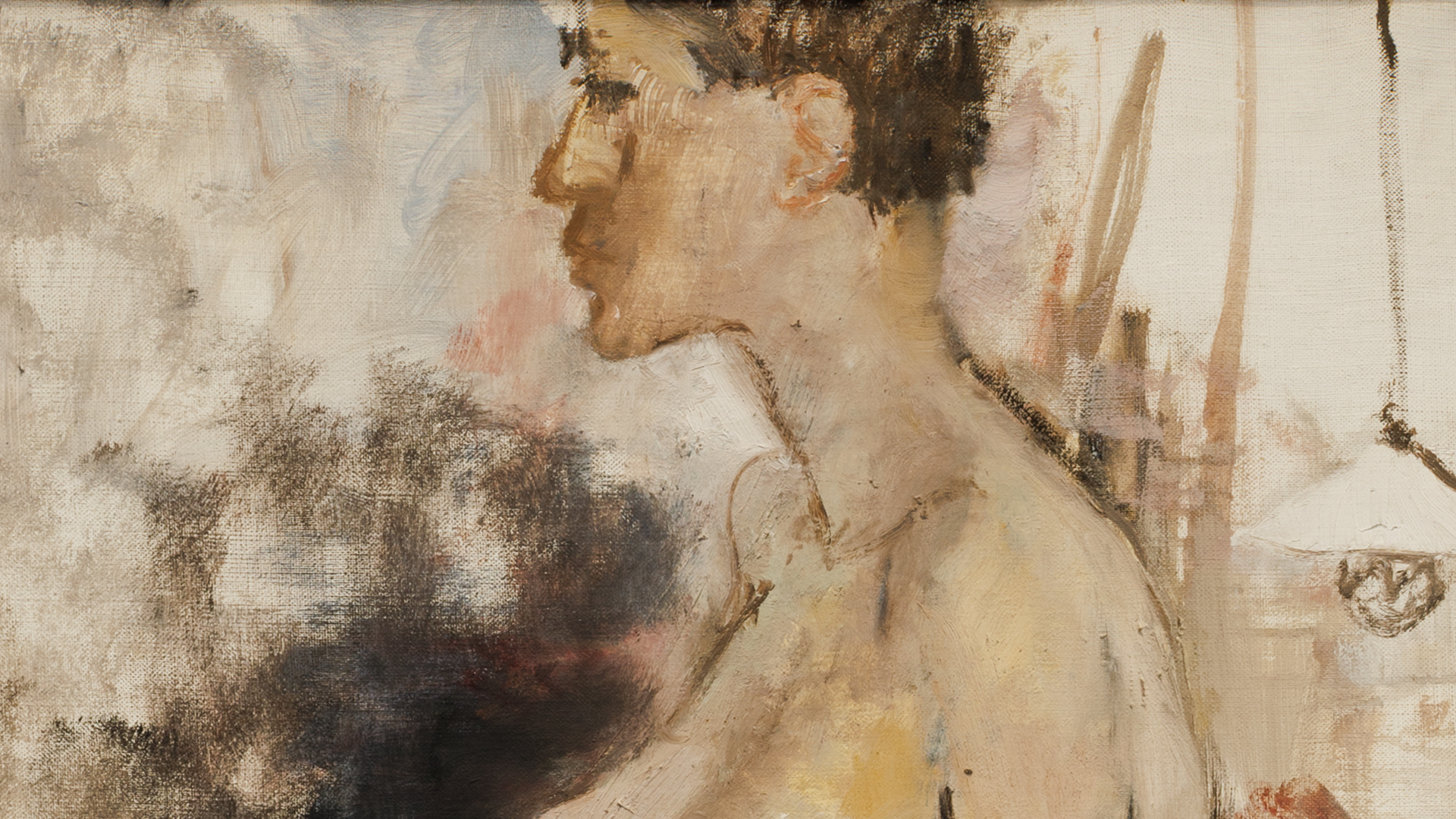
Irène Zurkinden
Nue (Nude)
1934
Oil on canvas
100 x 53.5 cm / 39 3/8 x 21 1/8 in

The artists presented challenge the tradition of the nude, expressing it often as a fractured, disintegrating and unstable body, as it appears in the watercolour works of Lassnig and the painting by Lozano.
The artists included could be said to engage with the legacies of a Freudian understanding of the unconscious as it is expressed through a desiring body, but their work also anticipates feminist critiques of this concept, for example, through Julia Kristeva’s theory of abjection – a reminder of the material realities of the (female) body.
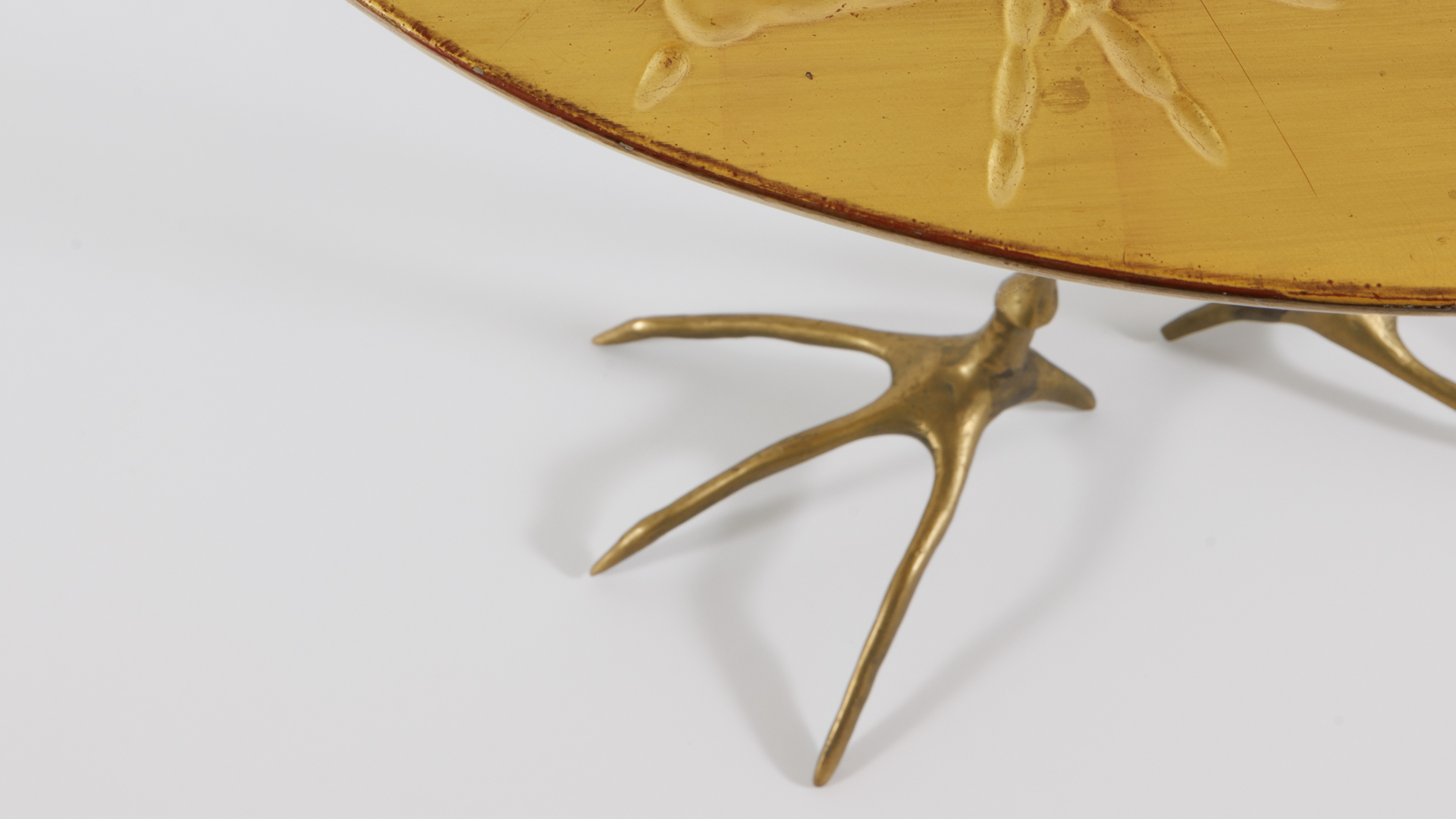
Meret Oppenheim, Tisch mit Vogelfüssen (Table with Bird's Feet), 1939 (executed 1983), Beech plywood table, gilded with 22.5k gold and brass legs, Courtesy Private Collection, Photo: Gina Folly
Meret Oppenheim
Tisch mit Vogelfüssen (Table with Bird‘s Feet) (detail)
1939 (executed 1983)
Bronze, wood, carved and gilded
65 x 70 x 50 cm / 25 5/8 x 27 1/2 x 19 5/8 in
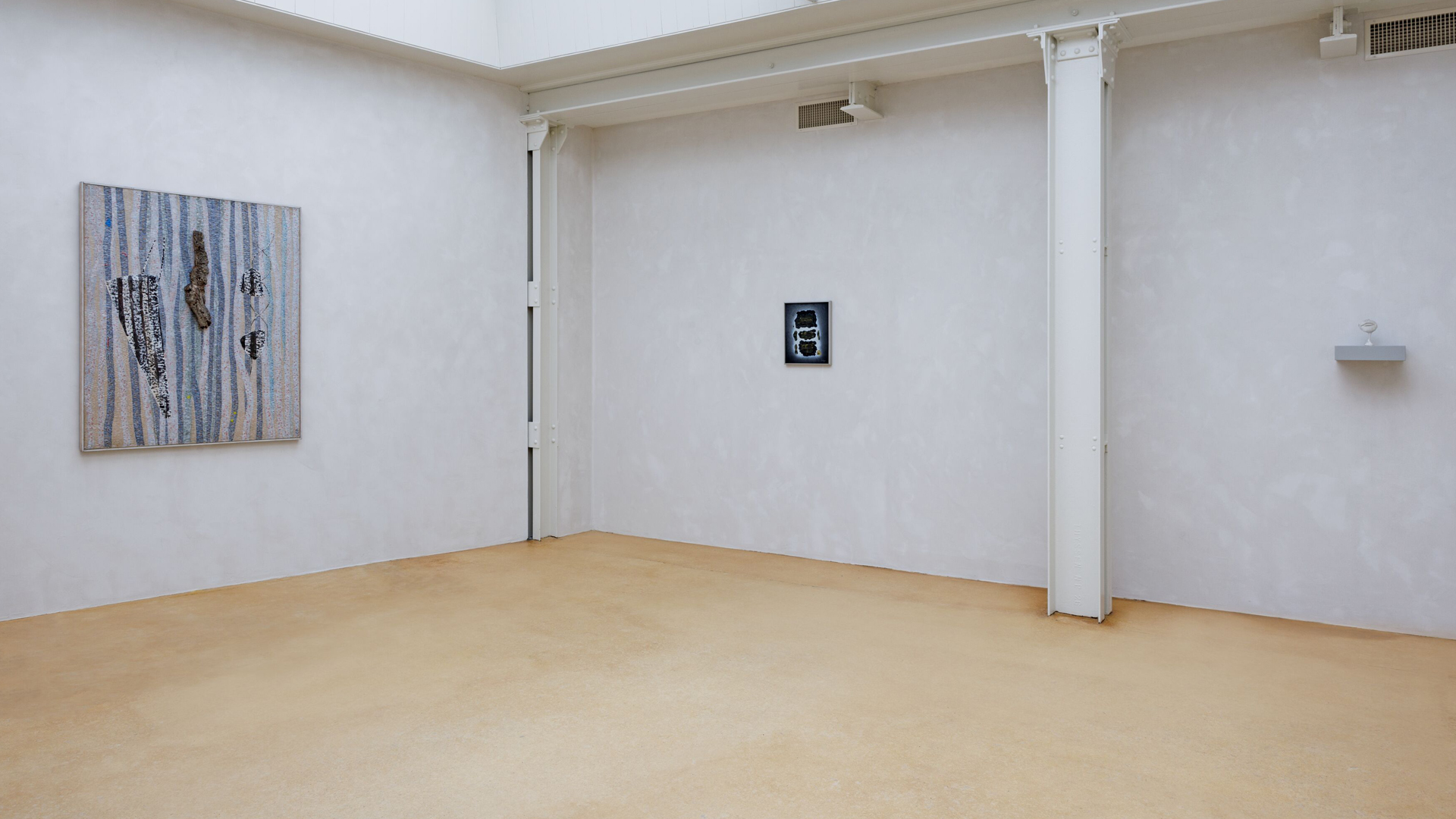
Elements of organicism and abjection are explored in relation to the body in the hanging sculpture by Louise Bourgeois and Rama’s mixed media canvas from 1969, where the the emphasis is on materiality. In works by Meret Oppenheim, aspects of nature are displayed, incorporating flowers or animal bodies in states of strange or surreal metamorphosis, as seen in ‘Tisch mit Vogelfüssen’ (1939 (executed 1983)).
Together, the artists in this exhibition grasp, investigate and express the complexities of the construction of self that comes from our bodies.
About the Artists
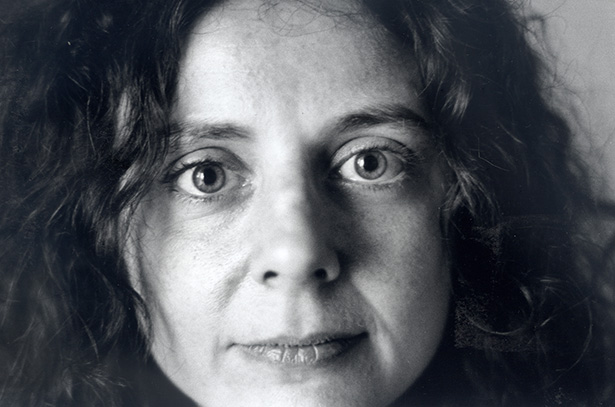
Lee Lozano
Lee Lozano’s paintings are admired for their energy, daring physicality and tirelessness in investigating the body and issues of gender. Although lauded by Lucy Lippard in 1995 as the foremost female conceptual artist of her time, Lozano had disengaged herself from the New York art world completely by the early 1970s. She left behind a body of work of striking formal breadth and complexity. Lozano fought to consolidate her artistic self in a realm void of systems, rules, and group consciousness. She pursued a wholly independent solo studio practice, which culminated in her rejection of the New York art world and a boycott of women. She first refused to attend public art world functions and withdrew from exhibitions, finally relocating to Dallas, Texas. ‘By refusing to speak to women,’ says Helen Molesworth, Chief Curator of LA MOCA, ‘she exposed the systematic and ruthless division of the world into categories of men and women. By refusing to speak to women as an artwork, she also refused the demand of capitalism for the constant production of private property… The strategy of rejection is a powerful one.’
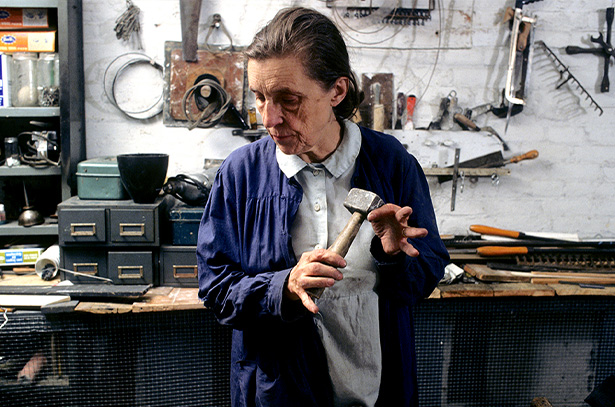
Louise Bourgeois
Born in France in 1911, and working in America from 1938 until her death in 2010, Louise Bourgeois is recognized as one of the most important and influential artists of our time. For over seven decades, Bourgeois’s creative process was fueled by an introspective reality, often rooted in cathartic re-visitations of early childhood trauma and frank examinations of female sexuality. Articulated by recurrent motifs (including body parts, houses and spiders), personal symbolism and psychological release, the conceptual and stylistic complexity of Bourgeois’s oeuvre—employing a variety of genres, media and materials—plays upon the powers of association, memory, fantasy, and fear.
Bourgeois’s work is inextricably entwined with her life and experiences: fathoming the depths of emotion and psychology across two- and three-dimensional planes of expression. ‘Art,’ as she once remarked in an interview, ‘is the experience, the re-experience of a trauma.’ Arising from distinct and highly individualized processes of conceptualization, Bourgeois's multiplicity of forms and materials enact a perpetual play: at once embedding and conjuring emotions, only to dispel and disperse their psychological grasp. Employing motifs, dramatic colors, dense skeins of thread, and vast variety of media, Bourgeois's distinctive symbolic code enmeshes the complexities of the human experience and individual introspection.
Rather than pursuing formalist concerns for their own sake, Bourgeois endeavored to find the most appropriate means of expressing her ideas and emotions, combining a wide range of materials—variously, fabric, plaster, latex, marble and bronze—with an endless repertoire of found objects. Although her oeuvre traverses the realms of painting, drawing, printmaking, and performance, Bourgeois remains best known for her work in sculpture.
Bourgeois’s early works include her distinct 'Personages' from the late 1940s and early 1950s; a series of free-standing sculptures which reference the human figure and various urban structures, including skyscrapers. The ‘Personages’ served as physical surrogates for the friends and family Bourgeois had left behind in France, while also highlighting an interest in architecture dating back to her childhood. Her installation of these sculptures as clustered ‘environments’ in 1949 and 1950 foreshadowed the immersive encounters of installation art twenty years before the genre’s rise to prominence.
Bourgeois’s work was included in the seminal exhibition ‘Eccentric Abstraction,’ curated by Lucy Lippard for New York's Fischbach Gallery in 1966. Major breakthroughs on the international scene followed with The Museum of Modern Art in New York's 1982 retrospective of her work; Bourgeois's participation in Documenta IX in 1992; and her representation of the United States at the 45th Venice Biennale in 1993.
In 2001, Bourgeois was the first artist commissioned to fill the Tate Modern’s cavernous Turbine Hall. The Tate Modern’s 2007 retrospective of her works, which subsequently traveled to the Centre Pompidou in Paris; The Guggenheim Museum in New York; The Museum of Contemporary Art in Los Angeles; and The Hirshhorn Museum & Sculpture Garden in Washington D.C., cemented her legacy as a foremost grande dame of late Modernism.
Header image: Louise Bourgeois, ARCHED FIGURE, 1993 © The Easton Foundation/VAGA, NY, Photo: Christopher Burke
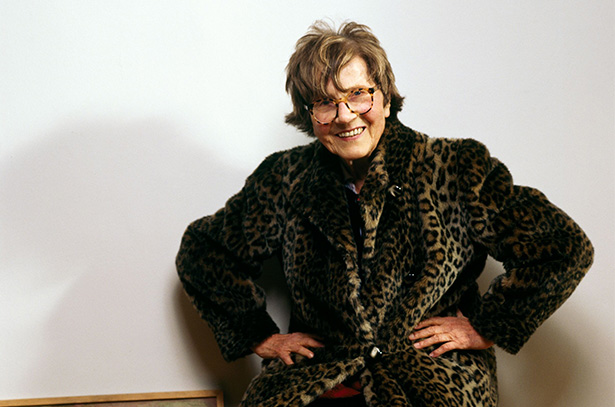
Maria Lassnig
Born in Carinthia in Southern Austria in 1919, Maria Lassnig’s (1919 – 2014) work is based on the observation of the physical presence of the body and what she termed ‘body awareness’, or ‘Körpergefühl’ in German. She studied at the Academy of Fine Arts in Vienna in the midst of the Second World War. Then, in post-war Europe, she quickly moved away from the state-approved academic realism in which she was trained, looking to Austria’s own avant-garde past, such as the coloration of Oskar Kokoschka and Egon Schiele’s expressionist treatment of figuration.
Her early years were marked by experiences with various ‘isms’, including artistic currents in surrealism and automatism from the late 1940s, followed by ‘art informel’ and post-cubism in the 1950s. After moving to Paris in 1960, an innovative figuration, expressive and painterly, was beginning to emerge. In the next few years, she developed narrative paintings with one or more figures, at times borrowing from technoid forms of science fiction set in absurdly caricatured scenes. Animal-like, monstrous self-portraits emerged alongside this group of works.
In 1968, Lassnig moved to New York where her artistic work once again switched direction—she turned to external realism and painted portraits, nudes and still lifes, at times combining these with her ‘body awareness’ self-portraits. Many of her paintings, drawings and watercolors were devoted to recording her physiological states through a direct and unflinching style. Utilizing contrasting colors such as greens, pinks and blues, as well as strong body shapes to give her paintings a powerful, even drastic impact, Lassnig looked to herself, a female artist in a predominantly male world, as her primary subject.
Of her artistic process, Lassnig has said: ‘I step in front of the canvas naked, as it were. I have no set purpose, plan, model or photography. I let things happen. But I do have a starting-point, which has come from my realization that the only true reality are my feelings, played out within the confines of my body. They are physiological sensations: a feeling of pressure when I sit or lie down, feelings of tension and senses of spatial extent. These things are quite hard to depict.’ Her famed portraits and self-portraits are often treated with a playful irony, even in her depictions of the aging body and psychological turmoil.
In 1980, Lassnig was awarded a professorship—with a focus on painting and animation film—at the University of Applied Arts in Vienna. As a result, her self-portraits repeatedly explored issues of overload and enforced estrangement. She then began dealing more extensively with mythological contents, with nature and ‘rural life,’ and continued her exploration of figure-ground tensions. From the late 1990s, Lassnig turned to the great existential themes with her so-called Drastic Pictures, such as the relationship between the sexes and generations, unchosen lifestyles, as well as oppression, destruction, impermanence, and death.
Portrait: Maria Lassnig in her studio, Vienna, 2007 © Monopol/Elfie Semotan 2007

Alina Szapocznikow
Born in Poland to a Jewish family in 1926, Alina Szapocznikow survived internment in concentration camps during the Holocaust as a teenager. Immediately after the war, she moved first to Prague and then to Paris, studying sculpture at the École des Beaux Arts. In 1951, suffering from tuberculosis, she was forced to return to Poland, where she expanded her practice. When the Polish government loosened controls over creative freedom following Stalin’s death in 1952, Szapocznikow moved into figurative abstraction and then a pioneering form of representation. By the 1960s, she was radically re-conceptualizing sculpture as an intimate record not only of her memory, but also of her own body.
In 1962, Szapocznikow experienced a breakthrough when she began to cast her own body in plaster. Her first work with this approach, ‘Noga (Leg)’, 1962 depicts the artist’s right leg—a very public statement on the human corpus as vehicle of pleasure, liberation, illness, death, and decomposition. She spoke of this turn in her development: ‘Haunted by the increasingly academic nature of abstract art, and at the same time, partly out of my spirit of contradiction and partly perhaps out of some artistic exhibitionism, I made a cast of my own leg and an assemblage of casts of my face… Fortunately we believe that in art everything has been already, so nothing has been yet.’
Szapocznikow was diagnosed with breast cancer in 1969, a turn of events that shaped her later sculptural and photographic efforts. In a series of sculptures titled ‘Tumors,’ made of resin, gauze, crumpled newspapers, and photographs, the artist gave form to the anxiety and existential challenges of illness. Szapocznikow’s final works express her pointed desire to engage with something deeper and ineffable, physical and psychological, the symptoms of bodily experiences and the traces of what we leave behind. She wrote, ‘Despite everything, I persist in trying to fix in resin the traces of our body: I am convinced that of all the manifestations of the ephemeral, the human body is the most vulnerable, the only source of all joy, all suffering, and all truth.’
Current Exhibitions
1 / 9






















